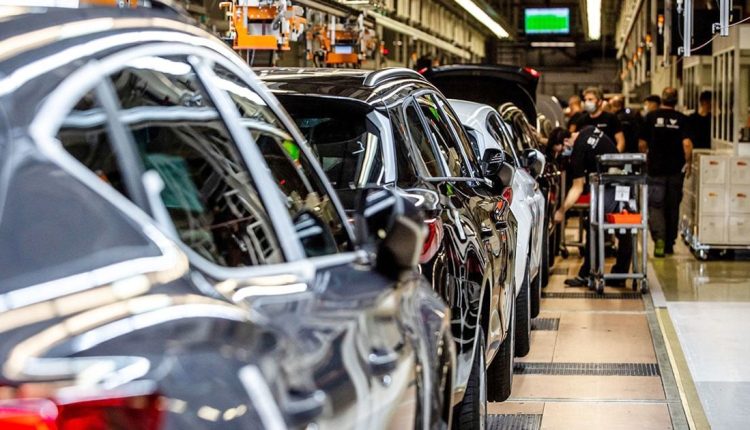U.S. inventory levels began a sharp, sustained decline in late March 2021, including vehicles still in transit from the factory, according to Cox Automotive. By that August, consumers had largely picked dealership lots clean, with inventory levels falling below 1 million. They hit their lowest point the following month, dropping to just under 830,000, Cox said.
By the end of 2021, inventory had climbed back above 1 million vehicles, but it remained very tight, bouncing between 1 million and 1.1 million, until July. After topping 1.2 million in mid-August, inventories began recovering more quickly, according to Cox, and if the pace continues, they could top 2 million again early this year.
The period of super-low inventories has been extremely lucrative for most dealers and automakers, with many continuing to report record profits. It’s also allowed some dealers and brands to experiment to find the sweet spot in their operations.
“It turns out, we don’t need 69 days’ supply. Yeah, we really don’t — the actual number is probably 20,” Don Flow, CEO of Flow Automotive Cos., told Automotive News last week. His dealership group is headquartered in Winston-Salem, N.C., and has 44 new-car franchises.
Flow, who is starting his third year as chairman of the Audi National Dealer Council, said Audi dealerships and the brand have used this period to find the optimal balance for collective profitability. “In the premium segment, if you produce the right cars, we’ve learned that somewhere between 20 to 30 days’ supply of cars is all we actually need to maintain market share,” Flow said. “And when Audi had that day supply, it was at its maximum market share, and the dealer had their maximum profitability as well.”


